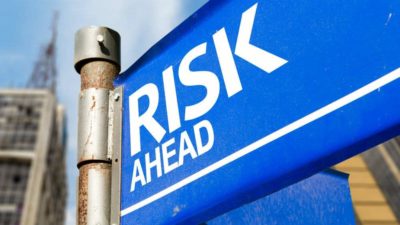Ghost broking is a type of car insurance scam where criminals sell drivers fake car insurance policies, often on social media. It’s on the rise and it’s cost drivers an estimated £786,700 so far this year, with each victim losing an average of £2,268.
Here, I take a look at how ghost broking works and investigate how to avoid being scammed.
[top_pitch]
Passive income stocks: our picks
Do you like the idea of dividend income?
The prospect of investing in a company just once, then sitting back and watching as it potentially pays a dividend out over and over?
If you’re excited by the thought of regular passive income payments, as well as the potential for significant growth on your initial investment…
Then we think you’ll want to see this report inside Motley Fool Share Advisor — ‘5 Essential Stocks For Passive Income Seekers’.
What’s more, today we’re giving away one of these stock picks, absolutely free!
How does ghost broking work?
Ghost broking works by tricking drivers into thinking they’re buying a genuine car insurance policy. Criminals set up fake accounts on social media sites such as Instagram. They often look like genuine insurance brokers and it’s hard to tell they’re actually fraudsters.
They sometimes use legal insurance companies to provide the insurance cover but they get a cheaper quote by lying about the details. Other times the documents they provide are completely fake.
The driver is left with an invalid insurance policy and risks driving without coverage.
Who is most at risk from ghost broking?
Action Fraud says that young drivers aged 17 to 29 are particular targets for fraudsters. That’s because they face high car insurance premiums and may be tricked into parting with their cash for a cheaper policy online.
But falling for this type of fraud is not limited to younger drivers. In fact, 66% of drivers reporting ghost broking to Action Fraud were over 29 years old.
What should you look out for?
Here are some red flags to look out for so you can spot ghost broking for when you’re shopping for car insurance:
- No website – valid car insurance companies should have an official website.
- Unusual selling channels – beware of brokers advertising on social media and in pubs, clubs, newsagents and motor repair shops.
- No landline phone number – if they only have a social media profile with a mobile number and email address, then there’s a good chance they’re not legitimate.
- Using a price comparison website – a proper broker gets quotes directly from insurance companies rather than using a price comparison website.
- Not on the FCA website – car insurance companies are regulated by the FCA and should appear on the FCA website.
[middle_pitch]
What are the risks of ghost broking?
If you suspect you may not have valid insurance, then you need to get it sorted. Driving without valid insurance is a criminal offence. Here are some of the risks:
- You won’t be covered in a car accident, and you might also have to pay higher insurance premiums in the future.
- If you get stopped by the Police whilst driving, then you might incur a fine and get points on your licence. You might even get a driving ban.
- In the worst-case scenario, you could even end up with your car being impounded or crushed.
What should you do?
If you think you might be a victim of ghost broking, then here’s what you should do:
- Run a check on the Motor Insurance Database to see whether your car is insured.
- Contact Action Fraud by visiting their website or calling 0300 123 2040.
- Contact the Insurance Fraud Bureau (IFB) by filling out a form on the IFB’s website or by calling 0800 422 0421
- Sort out valid car insurance and stop driving until it is in place.







